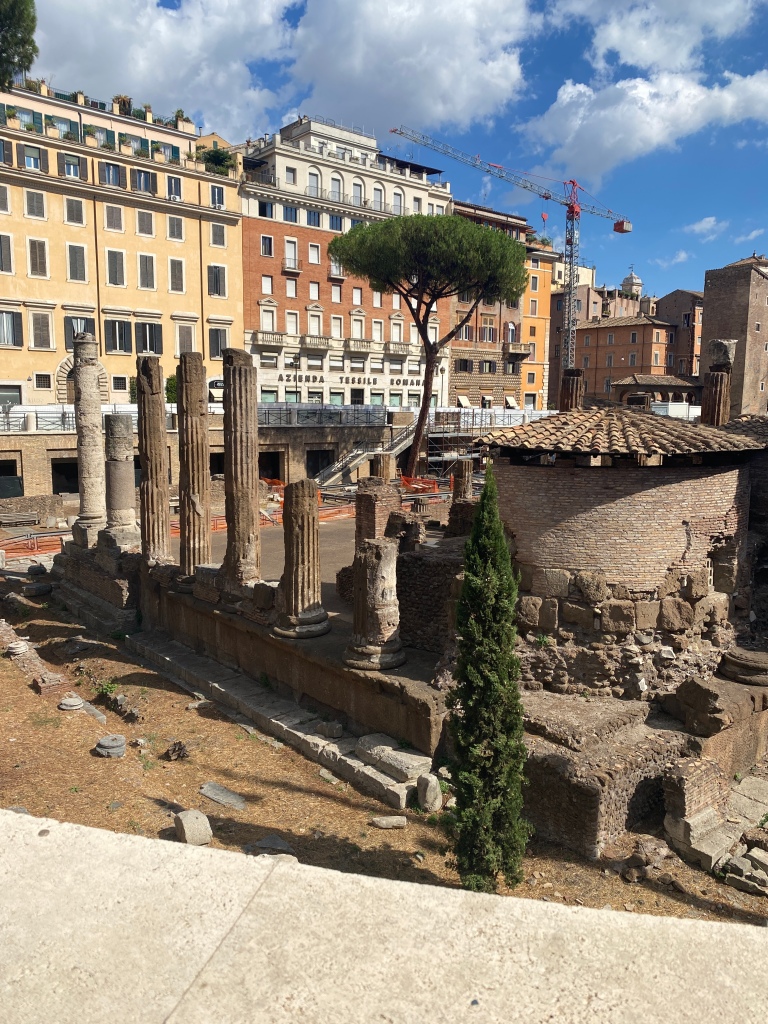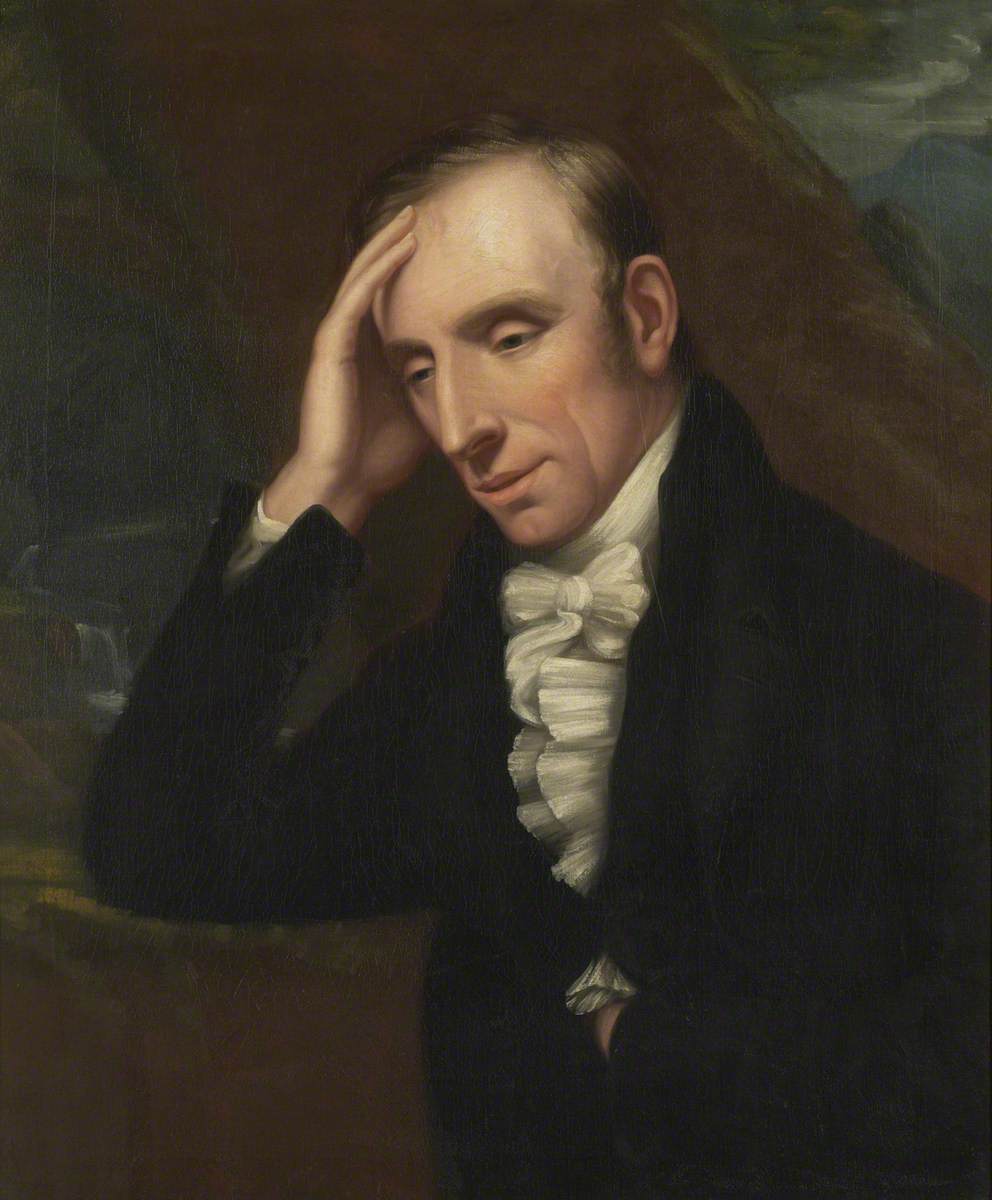Trees and elegies are, in many ways, alike. Both are structures of idiosyncratic complexity, connected to others of their kind in communicating networks which only an enthusiastic excavator can detect. Given that both are connected in the cultural imagination with death and with ideas of legacy, it is no surprise that elegy is a literary landscape of which trees are a deep-rooted feature. In classical elegies, trees were literally used in the crafting of the aulos, or flute, a wooden instrument used to accompany the poem, but trees also “accompany” elegy more metaphorically, as they appear in every text considered foundational to the genre, from the oaks in Theocritus’ ‘First Idyll’ (3rd century BC) to the ‘moaning forests’ in Shelley’s 1821 Adonais.[1] In these elegies, the woods are often a place of mourning, and trees are usually personified and described as mourning with the speaker.[2]
Another way in which trees are interwoven with elegy is suggested by Peter Sacks’ influential study of the genre, which is shaped by Freud’s Mourning and Melancholia (1917). According to Freud, a ‘substitutive turn or act of troping’ is necessary for mourners if they are to complete the work of mourning, and Sacks argues that the elegy serves as just such a substitutive object for the elegist’s libidinal energies.[3] This idea finds its most fitting analogy, for Sacks, in the Apollo-Daphne myth in Ovid’s Metamorphoses, in which Daphne, a nymph, escapes her pursuer, Apollo, by becoming a tree. Sacks uses Daphne’s metamorphosis into a laurel tree as a metaphor for death, as she is suddenly transformed into another thing, rooted in the earth and inaccessible, like a buried corpse. In the myth, Apollo hacks off parts of the laurel tree—formerly Daphne herself— in the process of his artistic substitution, crafting a laurel crown and a musical instrument from the tree with which to compose songs of lamentation. Certainly, this fits Freud’s model, in which the tree is a manipulable substitute for Daphne. However, much like the early elegists, with their combination of words and the wooden aulos, Apollo makes literal use of arboreal materials in his consolatory art, and Daphne’s transformation, too, has a literal dimension: the buried dead’s role in the growth of trees and other vegetation is such that all death might be considered a metamorphosis, albeit less instantaneous, of loved one into landscape. If real trees literally incorporate the dead through the soil, and elegies reconfigure real trees into symbols of the dead’s impact, both metaphorically through words and literally through materials for art, then the figure of the tree plays an important role in the substitutive consolation of elegiac poetry suggested by Sacks.

Wordsworth’s poem ‘The Pine of Monte Mario at Rome’ illustrates this idea interestingly, as the pine around which the poem centres is itself presented as a substitutive object, both in the poem and in reality:
THE PINE OF MONTE MARIO AT ROME
I saw far off the dark top of a Pine
Look like a cloud—a slender stem the tie
That bound it to its native earth—poised high
‘Mid evening hues, along the horizon line,
Striving in peace each other to outshine.
But when I learned the Tree was living there,
Saved from the sordid axe by Beaumont’s care,
Oh, what a gush of tenderness was mine!
The rescued Pine-tree, with its sky so bright
And cloud-like beauty, rich in thoughts of home,
Death-parted friends, and days too swift in flight,
Supplanted the whole majesty of Rome
(Then first apparent from the Pincian Height)
Crowned with St Peter’s everlasting Dome.
‘Rich in’ thoughts of ‘death-parted friends’, the pine acts as an intermediary between the speaker and the elegiac subject, Wordsworth’s deceased friend, George Beaumont. However, the circumstances of the poem’s composition reveal a key difference from earlier elegiac poetry’s use of trees. It was written while Wordsworth was touring Italy in 1837, occasioned by a moving experience he had there.[4] His explanatory note confirms that a particular pine tree inspired the poem, because ‘while expressing admiration at the beauty of its appearance, [he] was told by an acquaintance’ that ‘a price had been paid for it by the late Sir G. Beaumont’ to prevent its destruction.[5] Wordsworth’s poem is not only interested in the tree for its own sake, as its foregrounding in the poem and the title suggests, but is also shaped by the concerns of early conservationism. In this poem, unlike in earlier elegies, the tree is not addressed or invited to join in the speaker’s mourning; instead, its mere endurance consoles the speaker, and the real tree is represented faithfully, only rendered symbolic insofar as it represents the impact of Beaumont’s ‘care’ on the landscape of Rome.
Indeed, Wordsworth’s botanically accurate description of the tree’s appearance not only symbolises its rightful belonging in the landscape but also links the pine specifically to Beaumont before the reader discovers the connection, the structure of the poem mimicking the speaker’s own delighted realisation. Beaumont ‘particularly admired the stone pine trees’ in Rome, and remarked to Wordsworth that he had noticed, and mourned, the decline in numbers of such trees since his first visit in the 1780s.[6] The stone pine, pinus pinea, is notable for its long stem and foliage that clusters, ‘like a cloud’, at the top.[7] The simile, while describing the foliage accurately, also suggests the tree’s ethereal quality and emphasises its perfect accord with its heavenly surroundings. The tree’s belonging to, and ownership of, its landscape, are emphasised by its personification— particularly the use of the possessive pronoun ‘its’ in reference to the sky. This sense of possession and accord is reinforced by the ‘stem’ acting as a ‘tie’ between the tree and its ‘native earth’, an image suggesting that the landscape by which it is created is also one which the tree helps to create, because a ‘tie’ is a two-sided connection– one which Beaumont has helped to maintain. The symbolic significance assigned to these features in the poem does the double service of forming an accurate description of this particular species and its beauty, and of suggesting Beaumont’s enduring impact on the landscape through its ‘rescue’.
Except for its setting in the natural world, the poem rejects many of the conventions that shape both earlier and later elegies; Kennedy points out that elegy of the classical period is often a ‘space of poetic initiation and succession’, a function continued in the English tradition through elegists’ allusions to earlier elegies and demonstrations of their familiarity with classical texts. [8] Wordsworth’s evasion of classical allusion, even in an elegiac poem set in Rome, suggests a decision to sidestep self-conscious engagement with literary and elegiac legacy. Robert Pogue Harrison suggests that this evasion is characteristic, as Wordsworth ‘strove to dismantle the artifice of poetic neoclassicism’ with the aim of ‘leading poetry back to the immediacy of everyday language’ and ‘[linking] human nature to nature as a whole.’ [9] The ‘immediacy’ of his sense of connection is evident in the letter Wordsworth wrote to his sister at the time of the poem’s composition, claiming that when he ‘touched the bark of the magnificent tree’ he ‘could almost have kissed it out of love for [Beaumont’s] memory.’[10]The poem and his letter demonstrate a different approach to legacy than earlier elegies: the real tree’s physical substance provides a direct, tactile link between the poet, nature, and the dead. The poem’s accessible language, unobscured by allusion, may reflect the tree’s role as this sort of substitutive intermediary.

This link between landscape and the legacies of the dead is illuminated by David McAllister’s idea of ‘humic inheritance’; he writes that ‘family land is family’ in Wordsworth’s ‘Michael’, because ‘the dead themselves [are] mingled in its soil’, ‘inherent in inherited land’.[11] Though, in this poem, Beaumont’s body has not commingled with the landscape in the way McAllister describes (Beaumont was buried in the family seat, not in Rome), the revelation that the pine was preserved by ‘Beaumont’s care’, a man whose other physical ‘tie[s]’ to the place have been dissevered by death, makes the tree’s survival not a humic, but perhaps a “dendric”, inheritance. The pine shapes its landscape while it lives, just as Beaumont has shaped the landscape of Rome for posterity by saving the pine. Moreover, because the tree lives on, it becomes a substitute for Beaumont himself— a means for him to endure in the landscape he has shaped, and to console the speaker with thoughts of him through contact with it — a ‘tie’, like its own ‘slender stem’, between the speaker on earth and his friend in the heavens. The fact that the tree seems to ‘[supplant] the whole majesty of Rome’ only after the speaker discovers Beaumont’s role in its preservation is significant. Though appreciated for itself, its worth to the speaker resides chiefly in its value as Beaumont’s legacy – as a token of the significance of human lives in shaping, and thus enduring in, the landscape.
The idea that human intervention can ensure nature’s consoling legacy is reflected in Wordsworth’s own role in early conservation work. He campaigned fiercely against the proposed Kendal and Windermere railway in 1844 and is characterised by David Joy as being ‘ahead of his time’ in terms of his resistance to ‘laissez faire expansionism’.[12] His protest against the railway constitutes one of the first instances of ‘what we would now term “environmental objections”’. The idea of ‘humic inheritance’—or its dendric counterpart—could explain Wordsworth’s horror at the prospect of the ‘rash assault’ on landscape presented by the railway. If the land is literally and metaphorically made of the dead, the natural world is inextricable from human history and its preservation, and its destruction is the destruction of the human dead and their legacies. Thus, the pine’s preservation is a method of conserving the landscape, and thereby, the legacy of his friend, for the future.
Sacks suggests that, in the Apollo- Daphne myth, forms in the natural world ‘must be further altered to yield a consoling sign or instrument’, an alteration which ‘requires both a cutting off and a refashioning of the cut fragment’, and attachments to ‘substitutive, artificial figures of consolation’.[13] While Wordsworth assigns symbolic significance to the pine tree, rendering it in one sense an ‘artificial figure’ standing in for his lost friend, the ‘refashioning’ here is an inversion of Apollo’s creation of a laurel crown, because the real tree also literally stands because of Beaumont, and its survival is the only reason for the poem’s existence. Indeed, rather than a dismemberment, it is the preservation of the tree, and its faithful refashioning into language, that offer consolation for Beaumont’s death.
Shani Cadwallender is an educator, poet and CHASE-funded part-time PhD candidate in the School of Arts at Birkbeck, University of London. Her creative-critical project, provisionally entitled ‘Trees Revisited’, concerns issues of identity and legacy in Victorian arboreal poetry.
[1] David Kennedy, Elegy (Oxford: Routledge, 2007), p.3, p.11
[2] NB: much of this post is taken or adapted from the first chapter of my MA Dissertation, completed at Birkbeck UoL: Nishani Cadwallender, ‘Words like Nature’: Trees in Nineteenth-Century Elegy (2020). See this work for a fuller discussion of the role of trees in nineteenth-century elegies.
[3] Peter Sacks, The English Elegy (Baltimore: Johns Hopkins University Press, 1985) p.51.
[4] Ross Balzaretti, Pietro Piana and Charles Watkins, ‘Saved from the sordid axe’: representation and understanding of pine trees by English visitors to Italy in the eighteenth and nineteenth century’, <https://nottinghamrepository.worktribe.com/output/821862/saved-from-the-sordid-axe-representation-and-understanding-of-pine-trees-by-english-visitors-to-italy-in-the-eighteenth-and-nineteenth-century> [accessed May 2023].
[5] William Wordsworth, note on the text of ‘The Pine of Monte Mario at Rome’ in Elegiac Stanzas
<https://search.proquest.com/lion/docview/2148161456/Z300543349/11?accountid=8629> [accessed May 30th 2023]
[6] Balzaretti, Piana and Watkins, p.3.
[7] Kew Science profile of pinus pinea: <http://www.plantsoftheworldonline.org/taxon/urn:lsid:ipni.org:names:263221-1> [accessed 19 September 2020]
[8] Kennedy, p. 6.
[9] Robert Pogue Harrison, Forests: The Shadow of Civilisation (Chicago: University of Chicago Press, 1992) p.157.
[10] William Wordsworth, qtd in ‘Saved from the sordid axe’, p.4.
[11] David McAllister, Imagining the Dead in British Literature and Culture, 1790-1846 (London: Palgrave Macmillan, 2018) p.61.
[12] David Joy, qtd in Victorian Ecocriticism: The Politics of Place and Early Environmental Justice ed. Dewey W.
Hall, (London: Lexington 2017)
[13] Sacks p.6.
